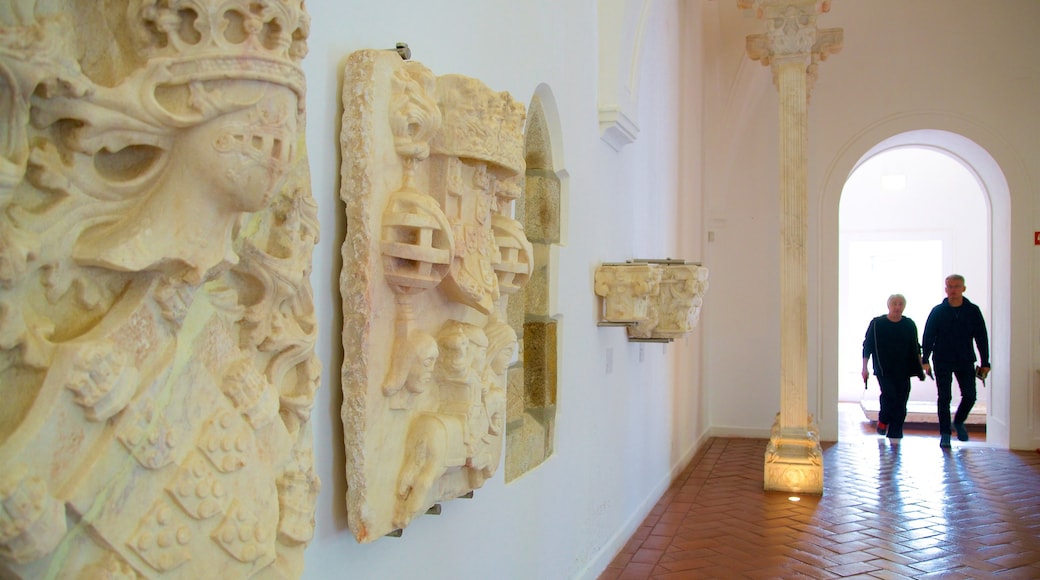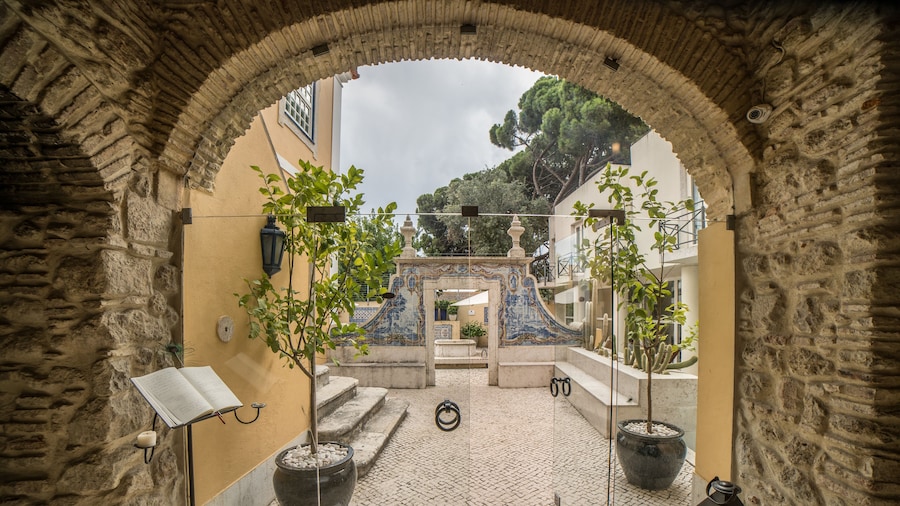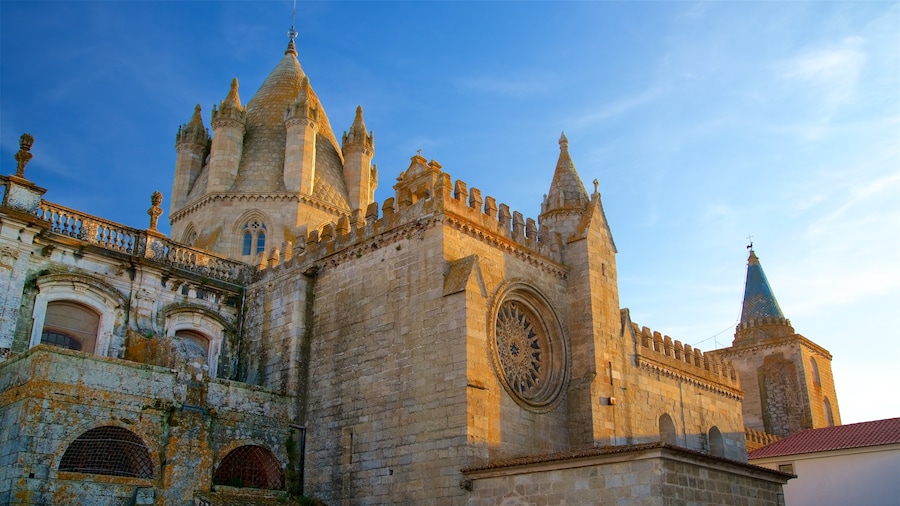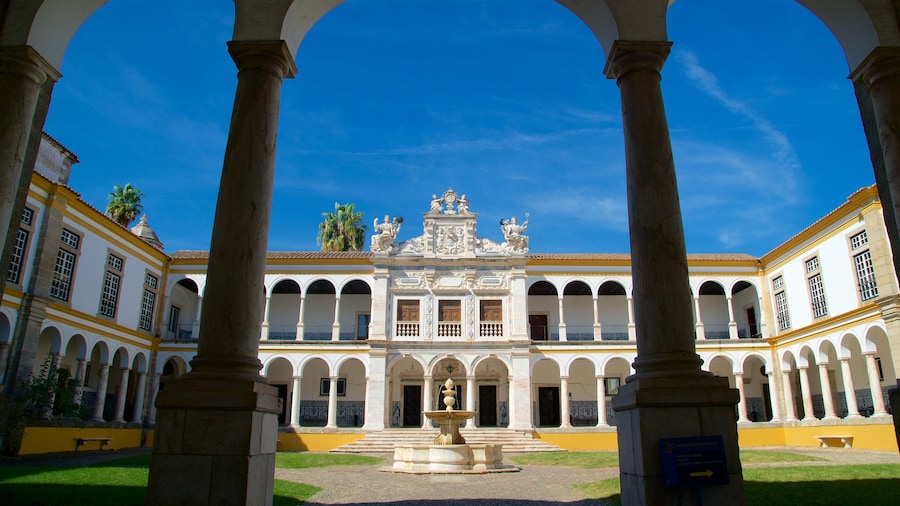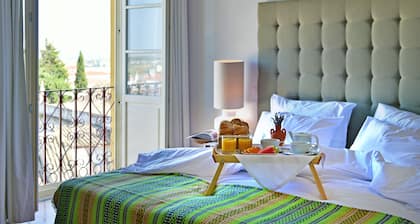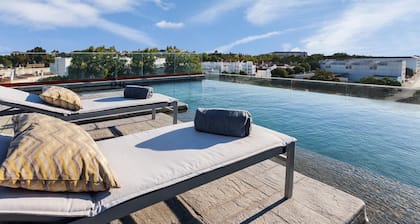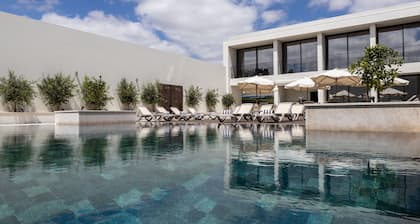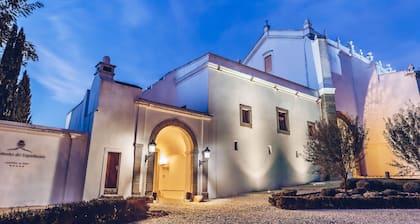Discover over 20,000 pieces, from archaeological artifacts to artworks, at the modern and carefully looked after Évora Museum. Many of the varied pieces on display date back to the Roman Empire. Through the well-presented displays here, gain insight into the history of Évora and of Portugal more broadly.
The museum opened its doors for the first time in 1915. Many of the objects on show were drawn from collections belonging to Friar Manuel Cenáculo, Archbishop of Évora, who died in the early 19th century. It was not until 1926 that the museum moved to its current location, in the former Paço Episcopal, or Bishop’s Palace, in Évora’s old town. Stop to appreciate its lovely white façade and red roof before stepping inside.
Admire the interior of the building, which is as beautiful as the outside, and is very carefully planned. This is one of Portugal’s most significant museums, both in terms of the number of items displayed and their importance.
As you explore, look out for some of the most distinctive items in the permanent collections. These include a magnificent marble sarcophagus dating from the 14th century and paintings by the likes of Francisco Henriques and Gregório Lopes. Make sure you also see one of the museum’s star attractions, a remarkable set of 13 painted panels representing the life of the Virgin Mary, painted by anonymous artists.
Leave time to visit some of the other historic attractions located near the museum. These include the impressive Évora Cathedral, parts of which date from the 12th century. Also nearby is the ancient Roman Temple of Évora, one of the Iberian Peninsula’s best preserved Roman ruins.
Find Évora Museum in the town’s historic district. It is very centrally located and is just minutes from the Praça do Giraldo, the town’s main square. Take advantage of the varied range of accommodations available in this scenic town, or stay in Lisbon and visit Évora for the day. The journey takes less than 2 hours by public transportation.
